By 2020, military spending had risen to its highest level since before the end of the Cold War, as had the international trade in major weapons.
Wezeman et al. 2020
Since 2011, Yemen has been in a state of political crisis, starting with street protests against poverty, unemployment, corruption, and President Saleh’s plan to amend Yemen’s constitution and eliminate the presidential term limit.[19]
The constitutionally stated capital, and largest city, is the city of Sanaa, which has been under Houthi rebel control since February 2015 as well as Aden, which is controlled by the Southern Transitional Council since 2018. Its executive administration resides in Riyadh, Saudi Arabia. In 2019, the United Nations reported that Yemen is the country with the most people in need of humanitarian aid, about 24 million people, or 85% of its population.[36] As of 2020, the country is placed the highest in the Fragile State Index,[37] the second-worst in Global Hunger Index, surpassed only by the Central African Republic,[37] and has the lowest Human Development Index out of all non-African countries.
World Food Programme
Aiming to feed nearly 13 million of the most vulnerable people each month, WFP’s emergency response in Yemen is our largest anywhere in the world. The current level of hunger in Yemen is unprecedented and is causing severe hardship for millions of people. Despite ongoing humanitarian assistance, 16.2 million Yemenis are food insecure. Pockets of famine-like conditions have returned to Yemen for the first time in two years in Hajjah, Amran, and Al Jawf, where nearly 50,000 people are living in famine-like conditions. Over 5 million people in Yemen are on the brink of famine as the conflict and economic decline have left families struggling to find enough food to get through the day.
The rate of child malnutrition is one of the highest in the world and the nutrition situation continues to deteriorate. A recent survey showed that almost one-third of families have gaps in their diets, and hardly ever consume foods like pulses, vegetables, fruit, dairy products, or meat. Malnutrition rates among women and children in Yemen remain among the highest in the world, with 1.2 million pregnant or breastfeeding women and 2.3 million children under 5 requiring treatment for acute malnutrition.
Hunger and food systems in conflict settings
Caroline Delgado and Dan Smith, Stockholm International Peace Research Institute
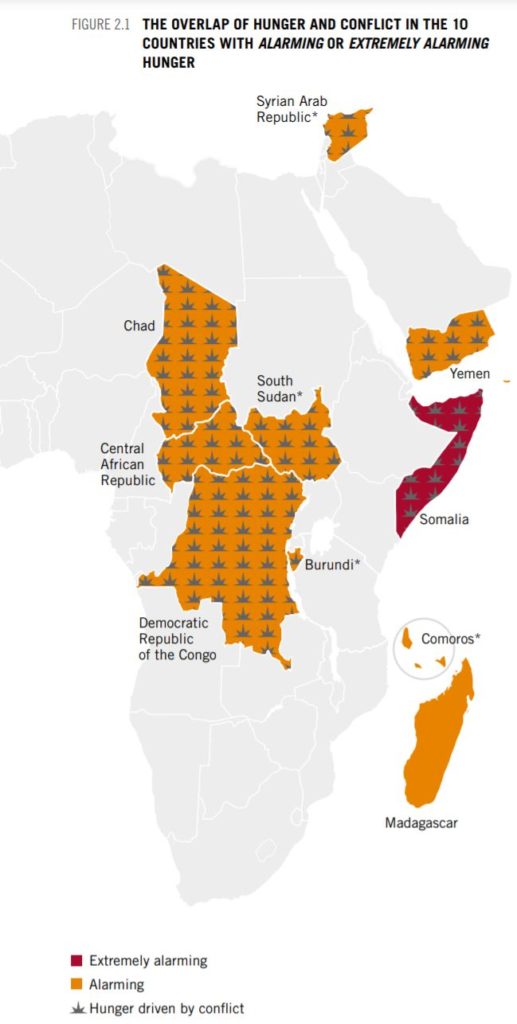
- The number of active violent conflicts is on the rise. Violent conflict remains the main driver of hunger, exacerbated by climate change and the COVID-19 pandemic.
- Food systems in conflict-affected countries are often characterized by a high level of informality, structural weakness, and vulnerability to shocks.
- Without achieving food security, it will be difficult to build sustainable peace, and without peace the likelihood of ending global hunger is minimal.
- The two-way links between conflict and increased food insecurity and between peace and sustainable food security are unique to each case and often complex.
- The good news is that it is possible to begin to break the destructive links between conflict and hunger in the midst of ongoing conflict. Even where there is extreme vulnerability, it is possible to start building resilience.
- Breaking the links between conflict and hunger and harnessing the potential of food systems to contribute to peace will demand good contextual evidence, well-grounded knowledge of the setting, and cooperation between peace, humanitarian, and development actors.
- To integrate a peace-building lens into the creation of resilient food
systems and a food security lens into peace building, we propose
four priorities:
- a flexible and agile approach that reflects local perceptions,
aspirations, and concerns; - an emphasis on working in partnerships that bring together local,
national, and international actors, with their diverse knowledge; - integrative work through hubs that convene key actors and
build coalitions inclusive enough to advance peace and food
security; and - commitment by major donors to get funds out of separate siloes
and focus them on integrative work.
Violent conflict is increasing
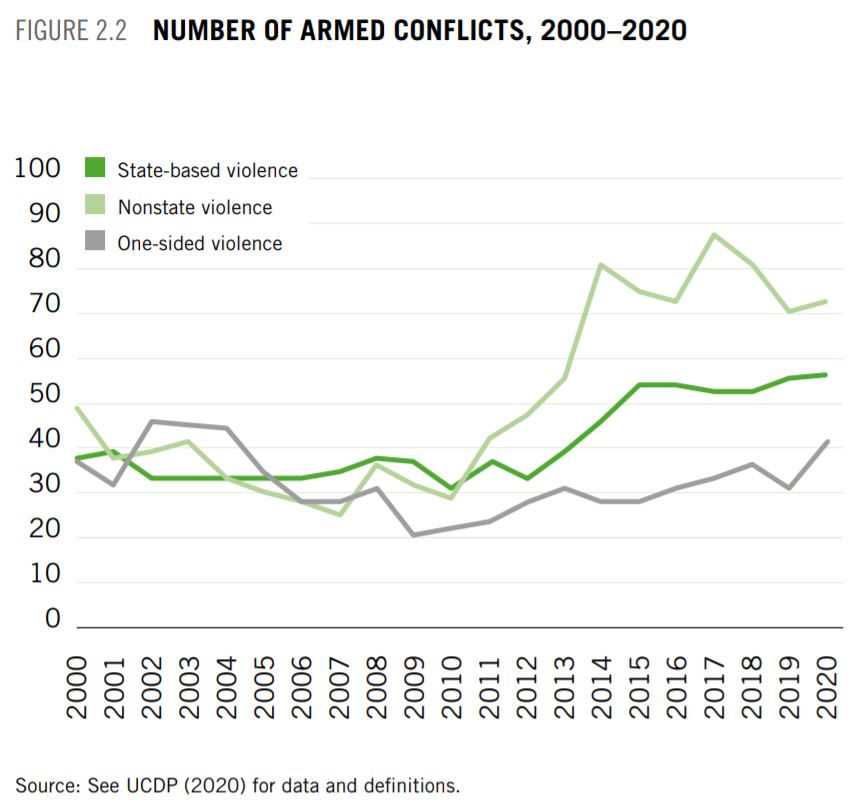
As a general proposition, peace is more likely to be built and sustained if it is linked to secure livelihoods and food security, and vice versa (Vos et al. 2020). Yet current global, regional, and national trends are discouraging and threatening the achievement of Zero Hunger and other SDG ambitions by 2030.
Global security has deteriorated significantly since 2010. In 2020, worldwide, there were 56 armed conflicts involving states, either in conflict with other states or with rebel forces; 72 violent conflicts in which states were not involved (nonstate); and a further 41 in which the state or a rebel force was the only actor and its opponents were unarmed (UCDP 2020; Figure 2.2).
All three forms of conflict have risen significantly in the past decade, with nonstate conflicts alone increasing by 148 percent. By 2020, military spending had risen to its highest level since before the end of the Cold War, as had the international trade in major weapons (Wezeman et al. 2020).
The increasingly toxic nature of global geopolitics is clear in the triangular relationship between China, Russia, and the United States and their respective allies (Smith 2018, 2019, 2020, 2021). This international context is not conducive to cooperation or conflict mediation.

United Nations Global Goals for Sustainable Development
After decades of steady decline, the number of people who suffer from hunger – as measured by the prevalence of undernourishment – began to slowly increase again in 2015. Current estimates show that nearly 690 million people are hungry, or 8.9 percent of the world population – up by 10 million people in one year and by nearly 60 million in five years.
The world is not on track to achieve Zero Hunger by 2030. If recent trends continue, the number of people affected by hunger would surpass 840 million by 2030.
According to the World Food Programme, 135 million suffer from acute hunger largely due to man-made conflicts, climate change, and economic downturns. The COVID-19 pandemic could now double that number, putting an additional 130 million people at risk of suffering acute hunger by the end of 2020.
With more than a quarter of a billion people potentially at the brink of starvation, swift action needs to be taken to provide food and humanitarian relief to the most at-risk regions.
End hunger, achieve food security and improved nutrition and promote sustainable agriculture
The UN explains: “It is time to rethink how we grow, share and consume our food.
If done right, agriculture, forestry, and fisheries can provide nutritious food for all and generate decent incomes while supporting people-centered rural development and protecting the environment.
Right now, our soils, freshwater, oceans, forests, and biodiversity are being rapidly degraded. Climate change is putting even more pressure on the resources we depend on, increasing risks associated with disasters such as droughts and floods. Many rural women and men can no longer make ends meet on their land, forcing them to migrate to cities in search of opportunities.
A profound change of the global food and agriculture system is needed if we are to nourish today’s 815 million hungry and the additional 2 billion people expected by 2050.
The food and agriculture sector offers key solutions for development, and is central for hunger and poverty eradication.”
COVID-19 response
The World Food Programme’s food assistance program provides a critical lifeline to 87 million vulnerable people across the world. Their analysis of the pandemic’s economic and food security implications outlines the potential impact of COVID-19 on the world’s poorest people.
In light of the pandemic’s effects on the food and agricultural sector, prompt measures are needed to ensure that food supply chains are kept alive to mitigate the risk of large shocks that have a considerable impact on everybody, especially on the poor and the most vulnerable.
In order to address these risks, the Food and Agriculture Organization urges countries to:
- Meet the immediate food needs of their vulnerable populations,
- Boost social protection programmes,
- Keep global food trade going,
- Keep the domestic supply chain gears moving, and
- Support smallholder farmers’ ability to increase food production.
The UN’s Global Humanitarian Response Plan lays out steps to fight the virus in the world’s poorest countries and address the needs of the most vulnerable people, including those facing food insecurity.
Facts and Figures
- Current estimates are that nearly 690 million people are hungry, or 8.9 percent of the world population – up by 10 million people in one year and by nearly 60 million in five years.
- The majority of the world’s undernourished – 381 million – are still found in Asia. More than 250 million live in Africa, where the number of undernourished is growing faster than anywhere in the world.
- In 2019, close to 750 million – or nearly one in ten people in the world – were exposed to severe levels of food insecurity.
- An estimated 2 billion people in the world did not have regular access to safe, nutritious and sufficient food in 2019.
- If recent trends continue, the number of people affected by hunger will surpass 840 million by 2030, or 9.8 percent of the global population.
- 144 million children under age 5 were affected by stunting in 2019, with three quarters living in Southern Asia and sub-Saharan Africa.
- In 2019, 6.9 per cent (or 47 million) children under 5 were affected by wasting, or acute undernutrition, a condition caused by limited nutrient intake and infection.
Goal 2 Targets
2.1 By 2030, end hunger and ensure access by all people, in particular the poor and people in vulnerable situations, including infants, to safe, nutritious, and sufficient food all year round.
2.2 By 2030, end all forms of malnutrition, including achieving, by 2025, the internationally agreed targets on stunting and wasting in children under 5 years of age, and address the nutritional needs of adolescent girls, pregnant and lactating women, and older persons.
2.3 By 2030, double the agricultural productivity and incomes of small-scale food producers, in particular women, indigenous peoples, family farmers, pastoralists, and fishers, including through secure and equal access to land, other productive resources, and inputs, knowledge, financial services, markets and opportunities for value addition and non-farm employment.
2.4 By 2030, ensure sustainable food production systems and implement resilient agricultural practices that increase productivity and production, that help maintain ecosystems, that strengthen capacity for adaptation to climate change, extreme weather, drought, flooding, and other disasters, and that progressively improve land and soil quality.
2.5 By 2020, maintain the genetic diversity of seeds, cultivated plants, and farmed and domesticated animals and their related wild species, including through soundly managed and diversified seed and plant banks at the national, regional, and international levels, and promote access to and fair and equitable sharing of benefits arising from the utilization of genetic resources and associated traditional knowledge, as internationally agreed.
2.A Increase investment, including through enhanced international cooperation, in rural infrastructure, agricultural research and extension services, technology development, and plant and livestock gene banks in order to enhance agricultural productive capacity in developing countries, in particular, least developed countries.
2.B Correct and prevent trade restrictions and distortions in world agricultural markets, including through the parallel elimination of all forms of agricultural export subsidies and all export measures with equivalent effect, in accordance with the mandate of the Doha Development Round.
2.C Adopt measures to ensure the proper functioning of food commodity markets and their derivatives and facilitate timely access to market information, including on food reserves, in order to help limit extreme food price volatility.
SDG INDICATOR 2.2.1 is the prevalence of stunting among children under 5 years of age
Stunting represents severe malnutrition as is apparent when a child has too low height-for-age. A child is stunted when their height-for-age is 2 or more standard deviations below the median of the World Health Organization (WHO) Child Growth Standards.
Goal: By 2030 end all forms of malnutrition, including achieving, by 2025, the internationally agreed targets on stunting and wasting in children under 5 years of age
.
The intermediate target is a reduction in the prevalence of stunting by 40% by 2025 (from 2012 levels).
Links
International Fund for Agricultural Development
Food and Agriculture Organization
Think.Eat.Save. Reduce your foodprint.
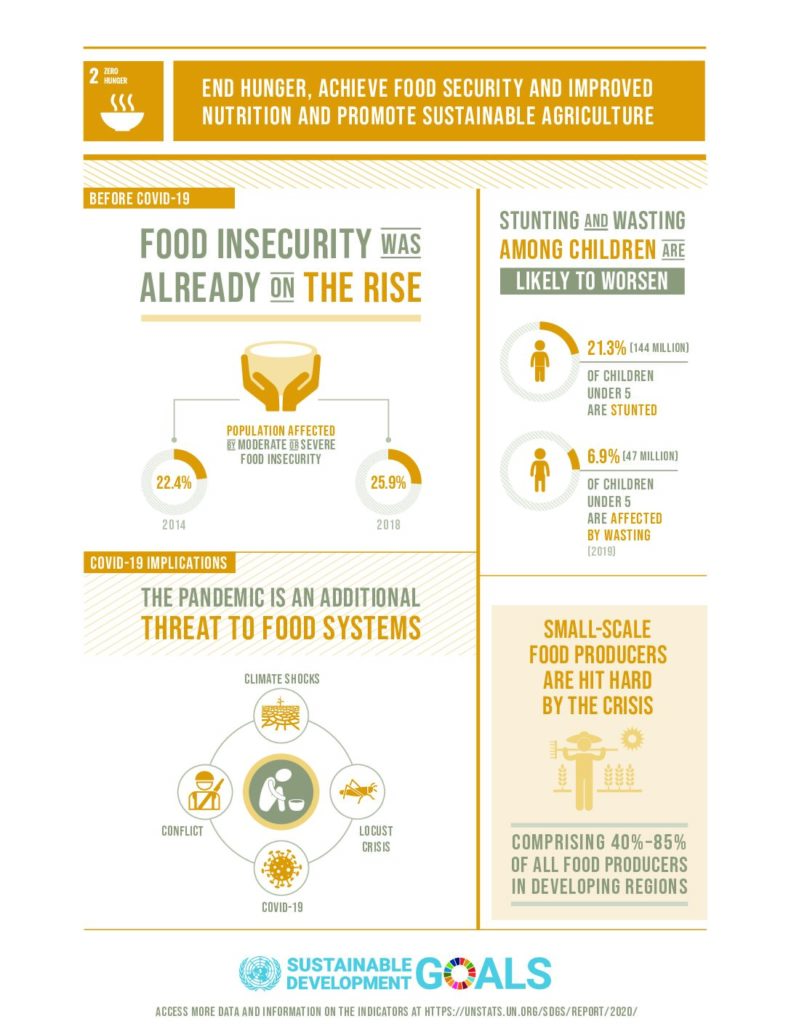


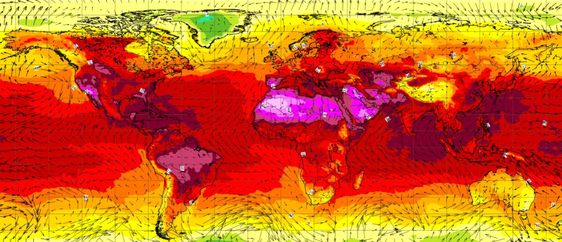

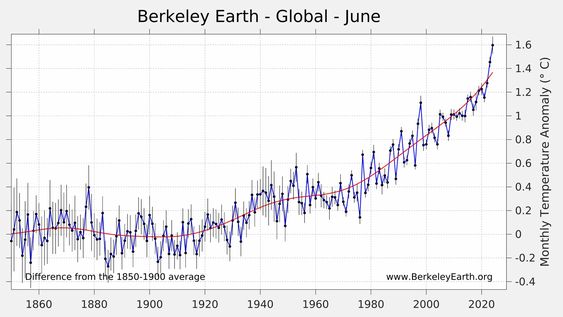
Comments are closed.